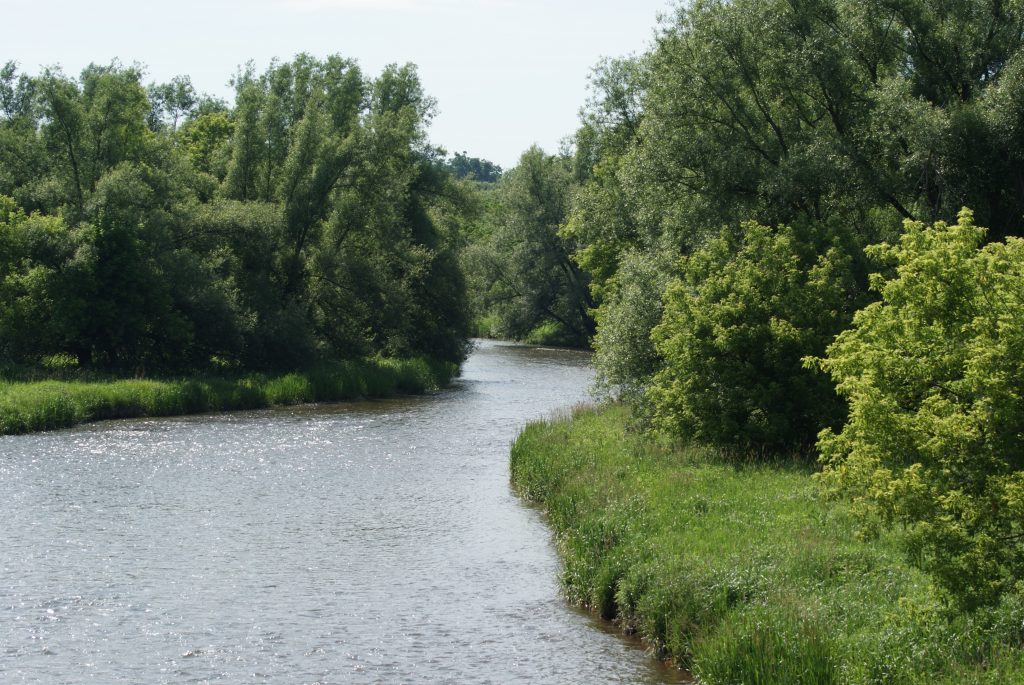Ontario’s Greenbelt is helping our cities grow in smarter, better ways. It isn’t driving up housing prices, despite what some in the development industry would have you believe.
It’s important to remember that the amount of developable land available outside of the Greenbelt is substantial. A report co-authored by McGill University’s Dr. Ray Tomatly and Bartek Komorowski, examined the long-term viability of Ontario’s Greenbelt and found that there is enough land to accommodate forecasted growth in the Greater Golden Horseshoe for many generations.
The Greenbelt it isn’t driving up prices, but there are other factors affecting the price of housing, like low interest rates which provide cheap money and the demand for location-efficient housing in our cities. These are described by RBC and the Pembina Institute in their joint report, Priced Out: Understanding the factors affecting house prices in the GTA.
Ontario’s Places to Grow and Greenbelt plans are designed to work together to encourage development in our existing urban areas to support affordable growth. When we build in an existing urban area we save on the cost of installing all those underground services that cost so much. These include sewers, water and gas pipes, and stormwater systems.
Also, instead of building new roads and hydro lines, we can expand or upgrade the existing network of crumbling services and fund needed transit. In contrast, sprawling, low density development is expensive. It costs us all time and money and feeds climate change. People who live in the existing communities pick up the tab for new sprawl in the form of higher taxes. As former long-time Mississauga Mayor Hazel McCallion, now a supporter of smarter growth, wrote in her book, “….a notion came to me as I looked around at our gridlocked roads and highways in the Greater Toronto Area: we’ve got to grow differently.”
In addition to saving money on the cost of building new infrastructure, building within our existing town and city boundaries encourages redevelopment and inspires new thinking about urban design. We can re-imagine our communities as connected, community -focused hubs where we can walk, cycle or use transit rather than be stuck in our cars for hours on gridlocked highways. Implementing these plans will encourage a variety of housing, apartment and condo options while saving money on roads and pipes that we can put towards rapid transit.
Over the last 10 years, the Greenbelt and Places to Grow plans have been slowly incorporated into our municipal plans, but they’ve had limited visible impact because changing our development patterns takes time. Over the next 10 years you will see the implementation of these plans in your community. So why are some developers blaming the Greenbelt for the high price of housing?
Well, some want to turn back the clock to a 1950s model of growth where nature and farmland are paved over to build highways leading to far flung sprawl subdivisions. The old ways of building sprawl made a lot of money for developers, but cost taxpayers a bundle, paved over our farmland and natural areas and contributes to smog and wasted quality time for people stuck in gridlock. Creating affordable sustainable communities is in the interest of society. Low density sprawl pads the pockets of a few low-density focused developers.







